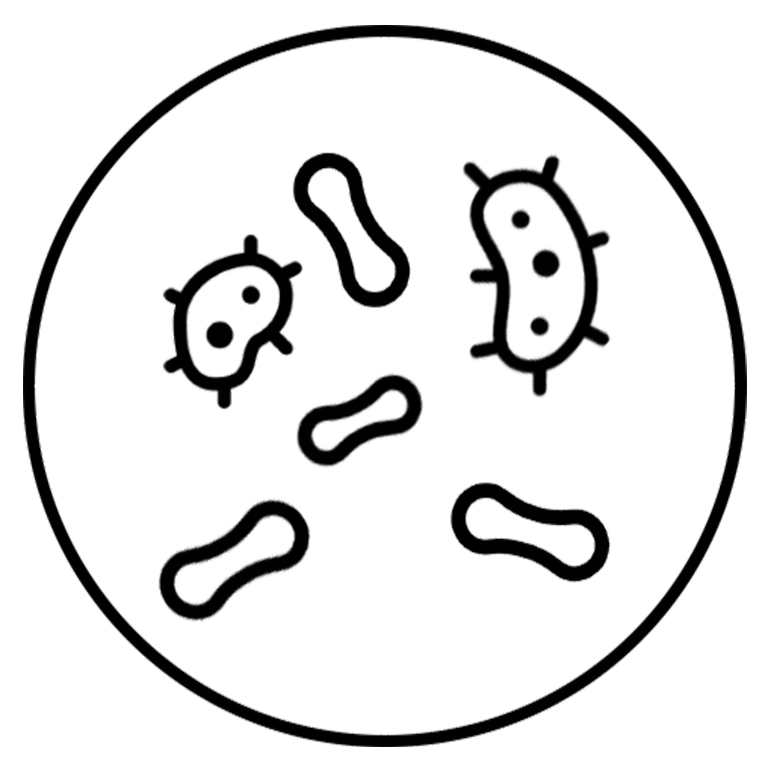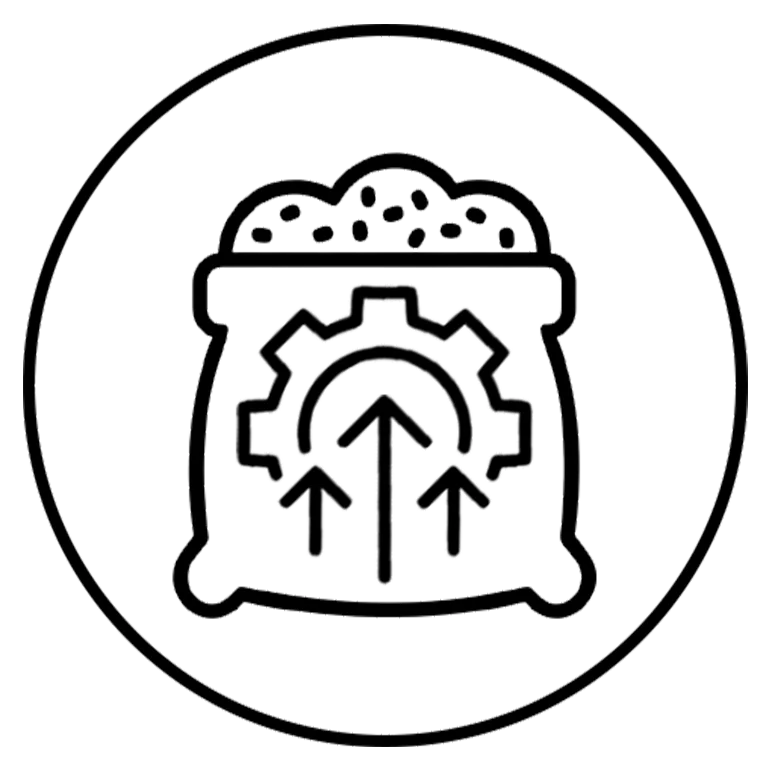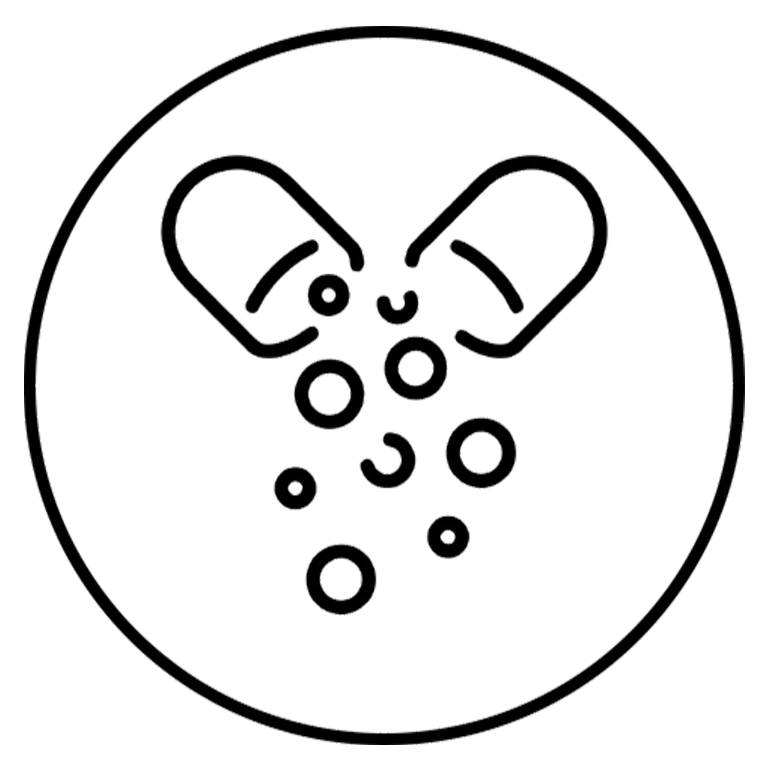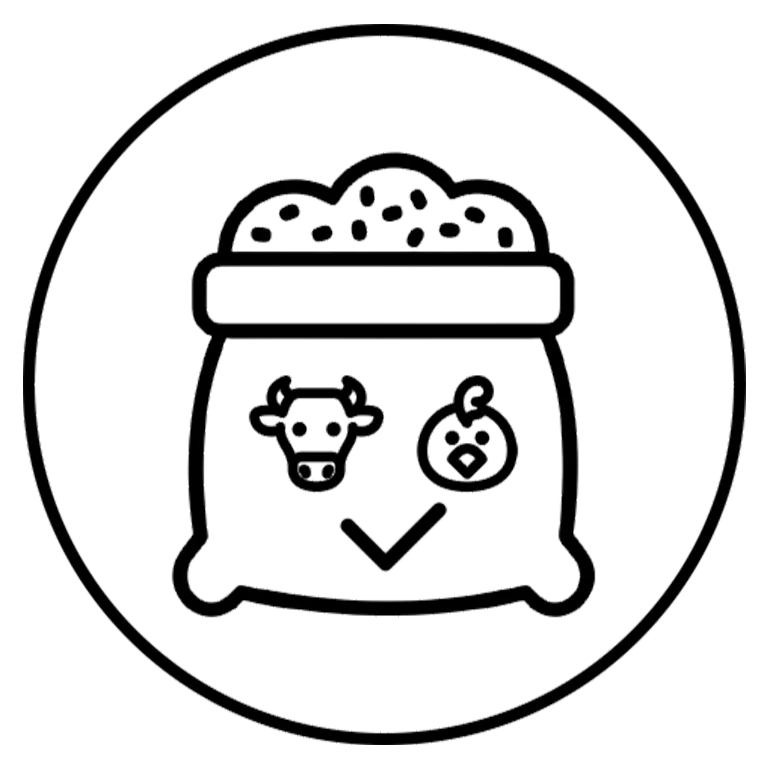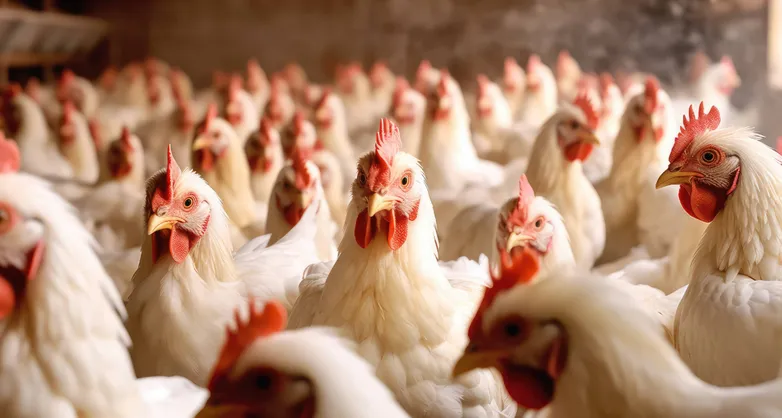Diagnosis of the difference between coccidiosis and necrotic enteritis symptoms
Reading Time:7 minutes
Diagnosing intestinal diseases in poultry is often complex. Given the significant economic losses and the different treatment methods for intestinal diseases, it is essential to know how to differentiate between the distinct symptoms of each disease. Coccidiosis and necrotic enteritis symptoms may appear similar; therefore, recognizing these differences is crucial for making appropriate choices for their control.
In recent years, due to the rise in antibiotic resistance, the use of antibiotics as a preventive tool for certain diseases has been restricted. In the poultry industry, this reality has led to an increase in some diseases, such as necrotic enteritis.
Necrotic enteritis and coccidiosis are two major gastrointestinal diseases in poultry farming that together cause significant economic damage. However, the cause of each disease is different, and consequently, their treatment methods also differ. For this reason, differential diagnosis of these two diseases is extremely important, and special care must be taken to perform it correctly.
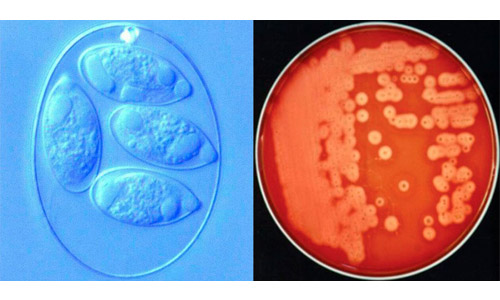
Examination of the intestinal serosal surface
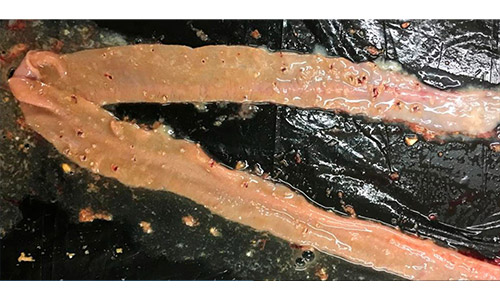
Evaluation of specific intestinal lesions
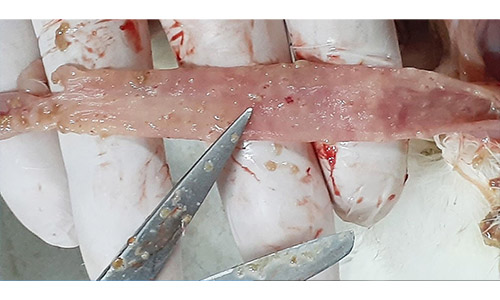
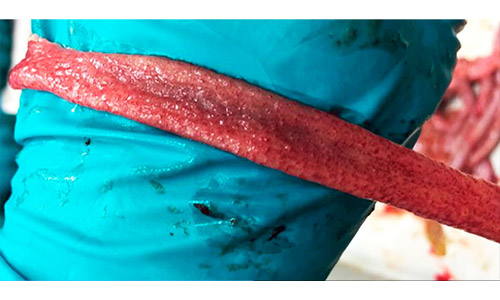
Examination of the mucosa and intestinal contents
Related articles
Diagnosis of the difference between coccidiosis and necrotic enteritis symptoms.
-
Posted by
bloomytech adm
- 0 comments
Accurate diagnosis of intestinal diseases in poultry is often complex. Given the significant economic losses and the various treatment methods for intestinal diseases, it is essential.
Contact us
Diagnosis of the difference between coccidiosis and necrotic enteritis symptoms
Diagnosing intestinal diseases in poultry is often complex. Given the significant economic losses and the different treatment methods for intestinal diseases, it is essential to know how to differentiate between the distinct symptoms of each disease. Coccidiosis and necrotic enteritis symptoms may appear similar; therefore, recognizing these differences is crucial for making appropriate choices for their control. In recent years, due to the rise in antibiotic resistance, the use of antibiotics as a preventive tool for certain diseases has been restricted. In the poultry industry, this reality has led to an increase in some diseases, such as necrotic enteritis. Necrotic enteritis and coccidiosis are two major gastrointestinal diseases in poultry farming that together cause significant economic damage. However, the cause of each disease is different, and consequently, their treatment methods also differ. For this reason, differential diagnosis of these two diseases is extremely important, and special care must be taken to perform it correctly.

Examination of the intestinal serosal surface

Evaluation of specific intestinal lesions


Examination of the mucosa and intestinal contents
Related articles
Diagnosis of the difference between coccidiosis and necrotic enteritis symptoms.
-
Posted by
bloomytech adm
- 0 comments
Accurate diagnosis of intestinal diseases in poultry is often complex. Given the significant economic losses and the various treatment methods for intestinal diseases, it is essential.




